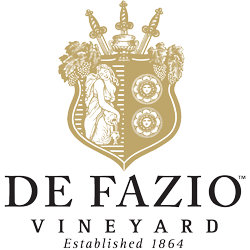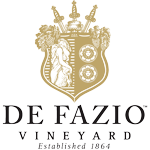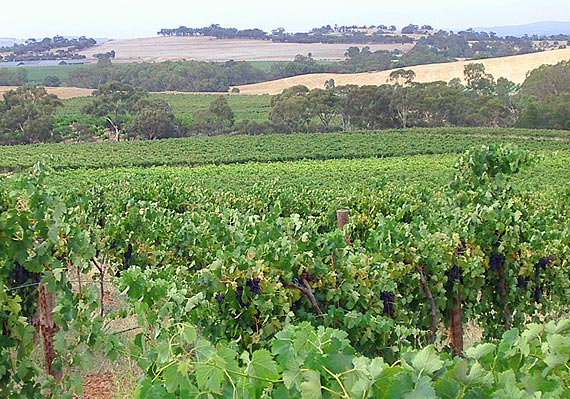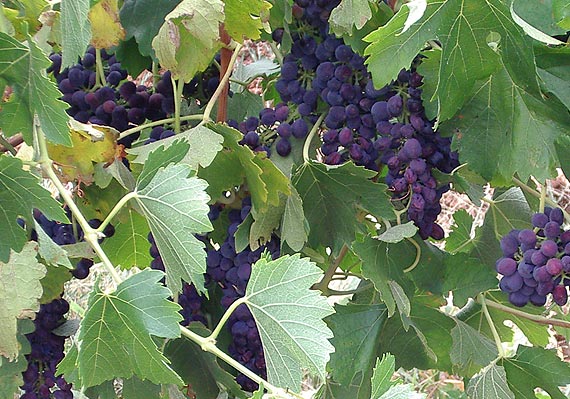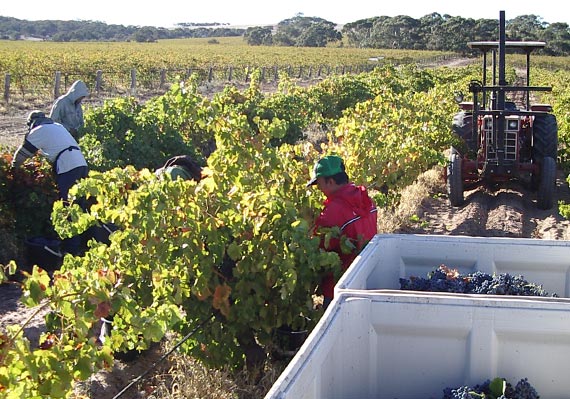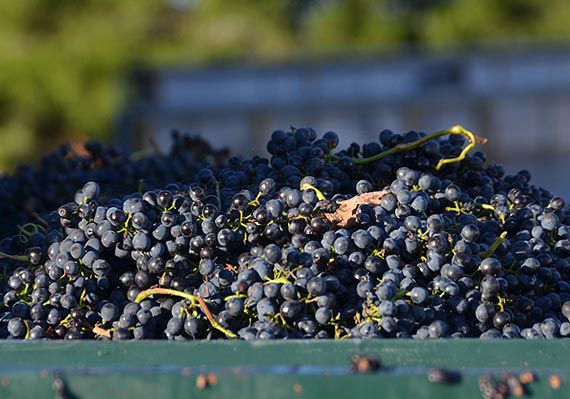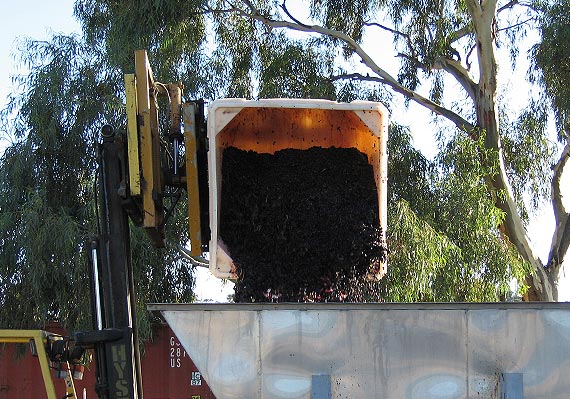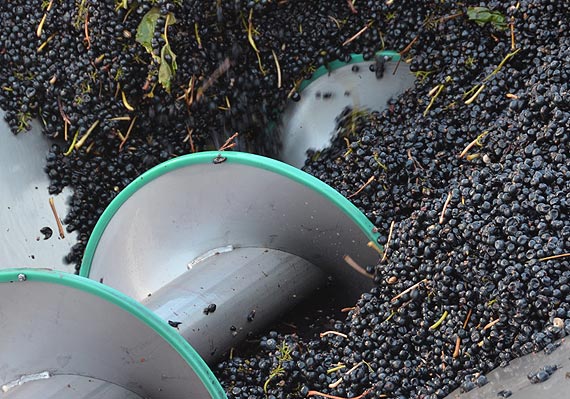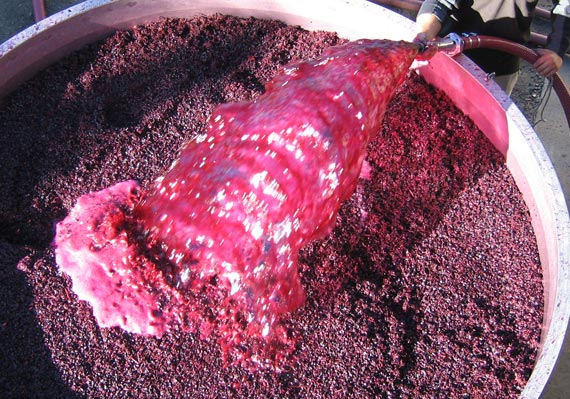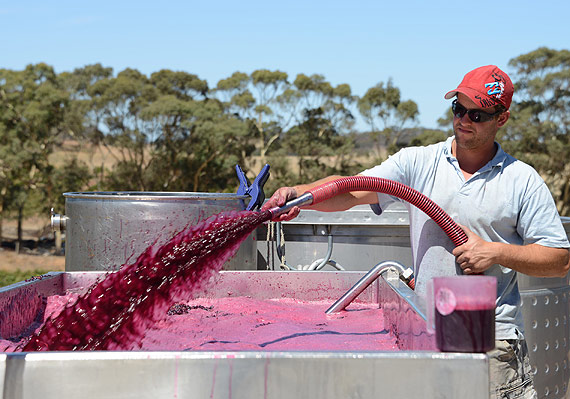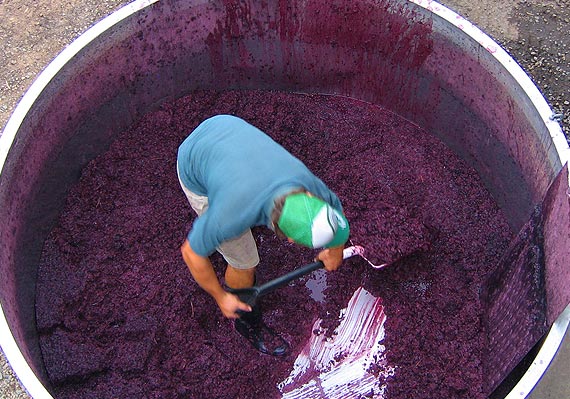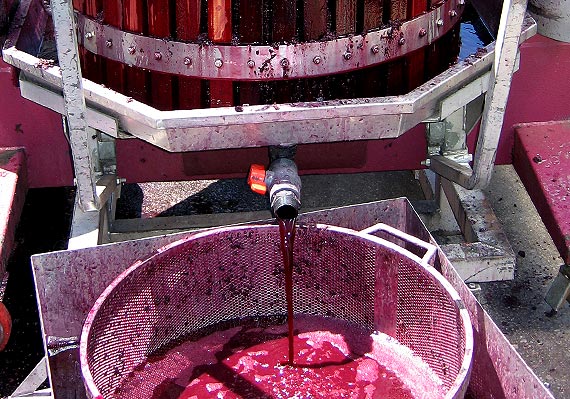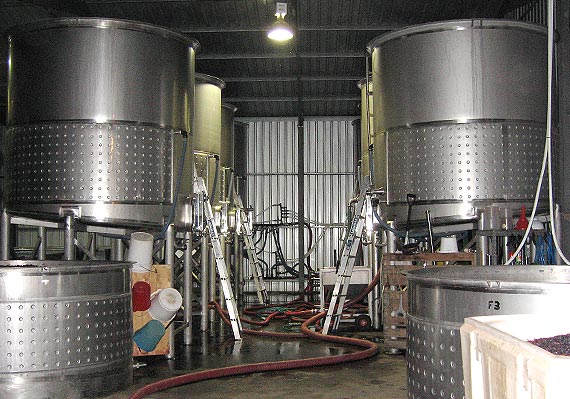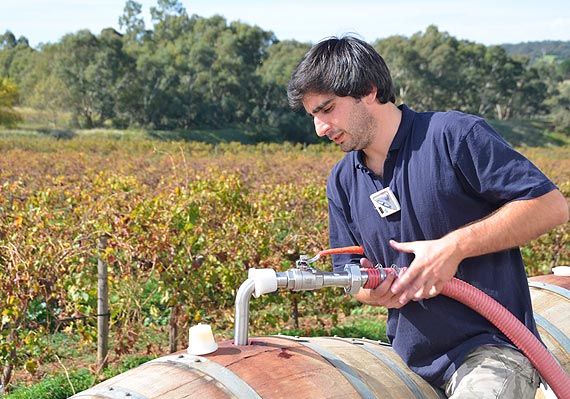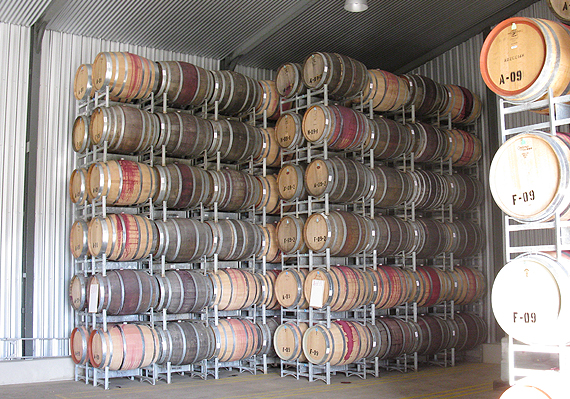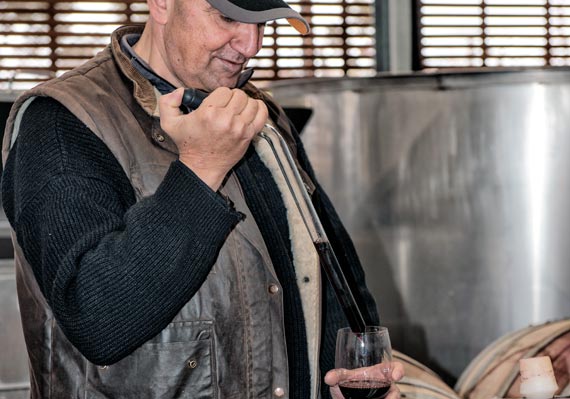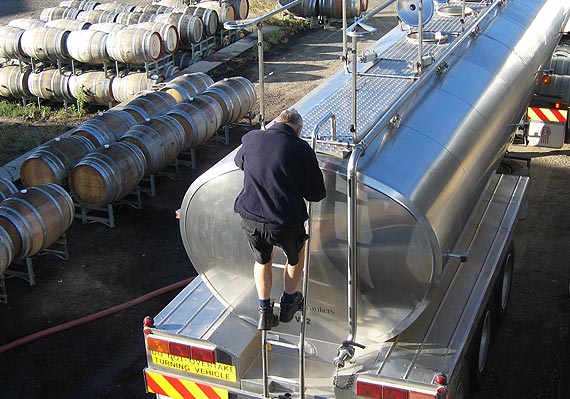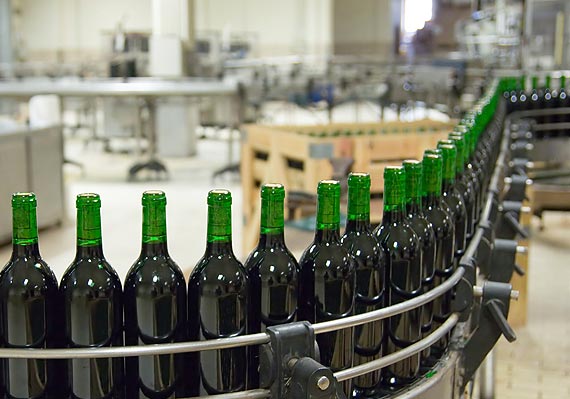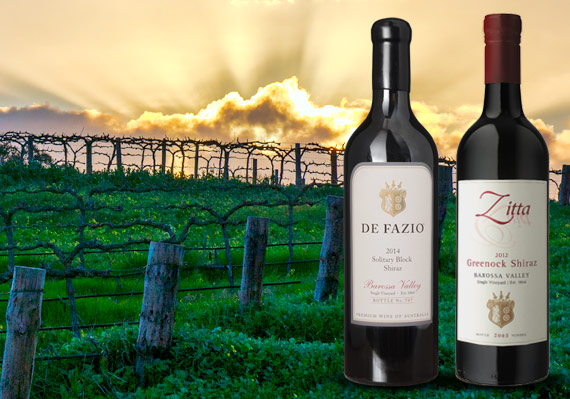NATURAL BALANCE & HARMONY
ECOLOGICALLY-SUSTAINABLE PRACTICES
![]()
To produce the highest quality wines, the vines need to be in perfect balance with the ecosystem in which they’re planted. Ideal terroir for the varietal planted is essential but an understanding and respect of the natural rhythms of nature is equally important. Once the fruit is picked a harmonious winemaking practice ensures the finished product is to the desired standard.
Integrated Viticulture
The De Fazio vineyard utilises an integrated viticulture approach that limits environmental impact. This nature-based ethos and practice includes consideration of the following;
- Grape clones with high resistance to water stress are selected, to reduce water consumption.
- Spur pruning of the vines to reduce yields, thus increasing grape quality.
- Preservation and improvement of natural soil fertility using only organic matter and encouraging the growth of native grasses to attract beneficial insects and birds to work in harmony with the vineyard ecosystem.
- Exclusive use of environmentally friendly substances (sulphur) for plant protection and treatment. No use of pesticides, herbicides or chemical sprays.
- Reduced use of diesel machines which has been achieved from the ecological approach to vineyard management.
- No planting, or encouragement of non-native cover crop vegetation between vine rows to minimise attraction of non-beneficial insects and pests. This also reduces the risk of disease and need for spray treatment.
- Wide spacing between plants and rows to promote healthy vine growth, reduce irrigation needs and disease risk.
Winery Practice
Our two labels are traditional hand-crafted wines that are full flavoured and elegant, supported by natural acidity, tannins and fruit freshness with minimal inputs.
We rely on the terroir (soil type, weather conditions, topography, geological aspects and soil profile), vineyard management and winemaking style, to give every wine that we make its unique character, making it a true expression of our vineyard.
Vinifying wines with purity from prestigious grape varieties such as Shiraz, Grenache, Mourvédre and Nero d’Avola, was deliberate as they perfectly suit the sub-regional climate of the vineyard located in the world-renowned Barossa Valley.
Using traditional winemaking techniques we aim to create unique wines with distinct characters, a strong sense of place with an emphasis on colour and flavour of the resultant wine, to create a true signature of the vineyard.
The management practices in the vineyard, and the whole production cycle takes place according to strict standards of environmental sustainability designed to protect native surroundings.
![]()
WHERE IT HAPPENS
![]()
Watch how we carefully turn our precious fruit into exquisite single-vineyard estate wines.
